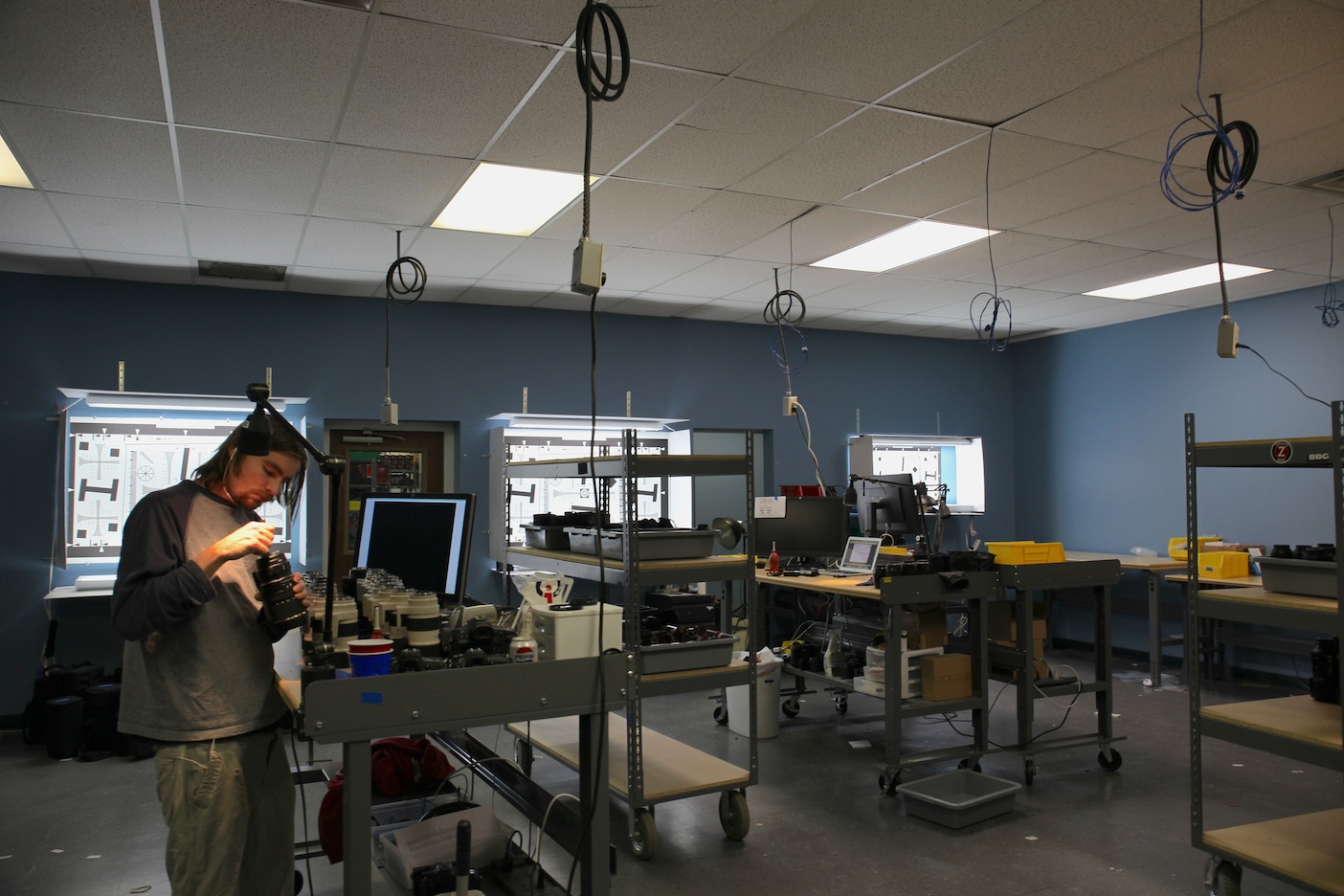OK, fair enough. Of course they can go on for days about that, but that's how many incidents out of how many shippings? Do they ship out 500 lenses a day or something? And of those how many are destroyed?
And if they dump them after 2 years, such a lens has been shipped how many times? Maybe twice a month, and returned, so 100 shippings before they thing it's a good time to sell it on? And even at the point they're selling it on, are they claiming the lens is no good any more (woe to their buyers?!!?) Or are they saying that after so many shippings the lens STILL can be considered in quite good condition, but simply after many more such shippings they'd no longer be able to sell it in good faith?
People here like Mt Spokane are talking like half the lenses shipped will be damaged and you have to be really wary and clever. In contrast, the source you're citing is talking about problems "for days" albeit out of a history of millions upon millions of rentals.
Finally I have to wonder how they can tell damage is from shipping and not usage? There's surely a large number of renters who simply aren't going to be that gentle with a lens, correct? and unless it literally has scratches and gouges, how will LR tell the source of damage? How accurate do they think they are in telling the difference? And how accurate are they ACTUALLY? And the same questions go for @Mount Spokane Photography. He says: "Many lenses are knocked out of alignment during shipping due to inadequate packing" but how does he know unless he 1) tested the lens before shipping and 2) tested the lens after shipping? Is it because they buy a used lens and the seller says, "uhhhh... the lens was OK when I shipped it!!!" so damage in shipping is the only possible explanation??? :-D Maybe there's a great explanation I'd be happy to learn.
I think your story might have had a real seed of truth but in lenses that were maybe only shipped in the supply chain then 3-4 times by FedEx/DHL, I think actual problems from the shipping would be pretty rare.
And
"Destroyed"? The vast majority of issues they see that are caused by shipping are lens alignment issues that they adjust in-house when possible/practical. They have a comprehensive program that tests each lens when it is returned and then rechecks each lens just before it is shipped the next time. If a lens flunks the check, it usually goes to their in-house repair department for adjustment.
Around a decade ago Roger said the two year rental life cycle of most lenses averaged around 40 total rentals, but that was before the supply chain crunch forced them to keep some lenses for longer than two years. They now keep things until replacements are available. It was also before the vast majority of their business was based on renters who are doing video, rather than stills. As a result, a lot more of their total revenue is generated by not only video centric cameras and lenses, but also by things such as lights, jibs, sliders, other types of rigging, modifiers, greens screens, etc. This shift in their core business probably affects the average length of each rental one way or the other. If the average rental lasts longer, one would expect the total number of rentals per year to be less than if the average rental is not as long.
The surplus lenses they sell at end of rental life cycle must meet the same standards as a copy of that same lens must meet to be sent out on a rental. The standards for each lens model are determined by statistical analysis of a sample of at least ten copies of each particular lens model. This makes a lot of sense since it would be ridiculous to hold a $300-400 lens to the same standards as a $4000-5000 Zeiss Otus or a $15,000 cine lens. Any obvious poorly performing flyers are not included in the initial ten+ lens sample.
Back in 2008 it was about 1 in 400 that arrived at a customer with an actual issue. (Could one assume another 1 in 400 got banged up on the return trip?)
"Now don’t get me wrong, there are bad copies of lenses out there, as best we can tell ranging from 3% to 7% of lenses. And we know, despite our checkout procedures, that 1 of 400 lenses or so will be damaged in shipping and arrive not functioning."
Even more often, the customer complained that a lens wasn't right because the camera hasn't been properly calibrated to account for variations in manufacturing tolerances with the lens. Since then, lensrentals has invested a lot in well-padded high grade shipping cases. Hopefully the shipping damage rate is much lower now. But most of us don't receive lenses from an online dealer packed in such protective cases. We receive them packed the same way the lens manufacturers pack the lenses they ship to lensrentals.
Elsewhere, Roger has said that around 2% (1 in 50) of all new lenses they purchase arrive with the need to be returned to the manufacturer for repair or optical adjustment. Again, the need for optical adjustment is determined by a lens falling well out of the expected range of deviation at which most other lenses in the same model line are tested.

